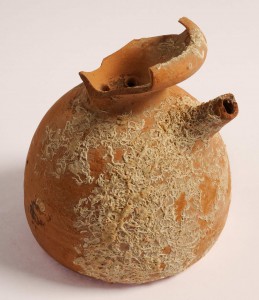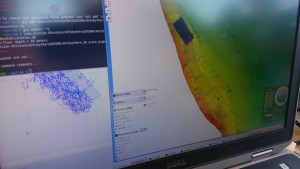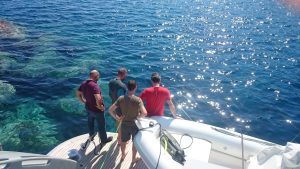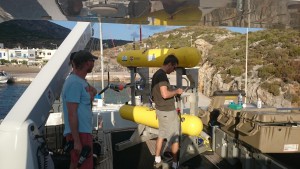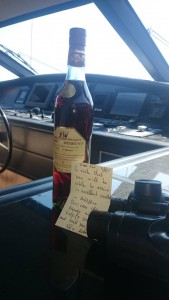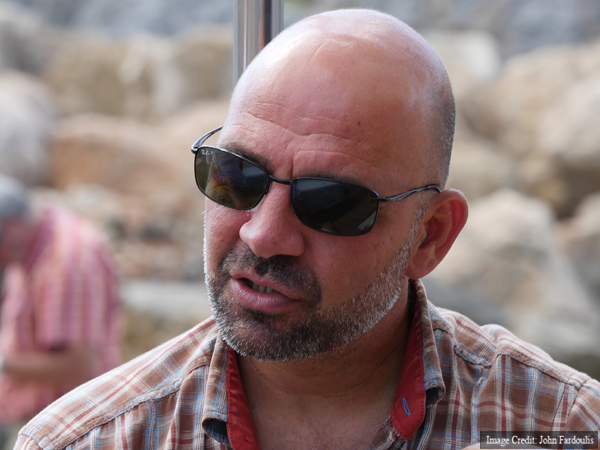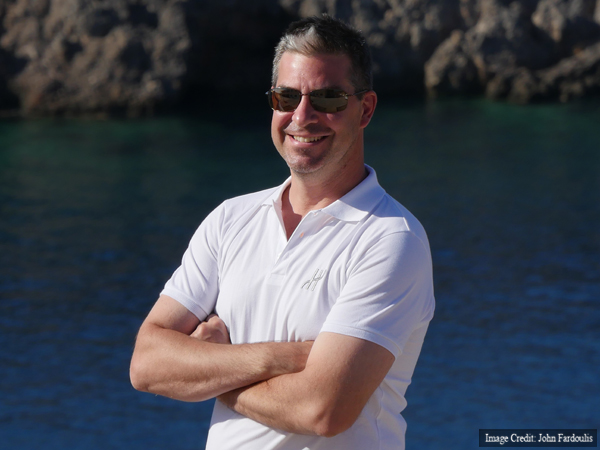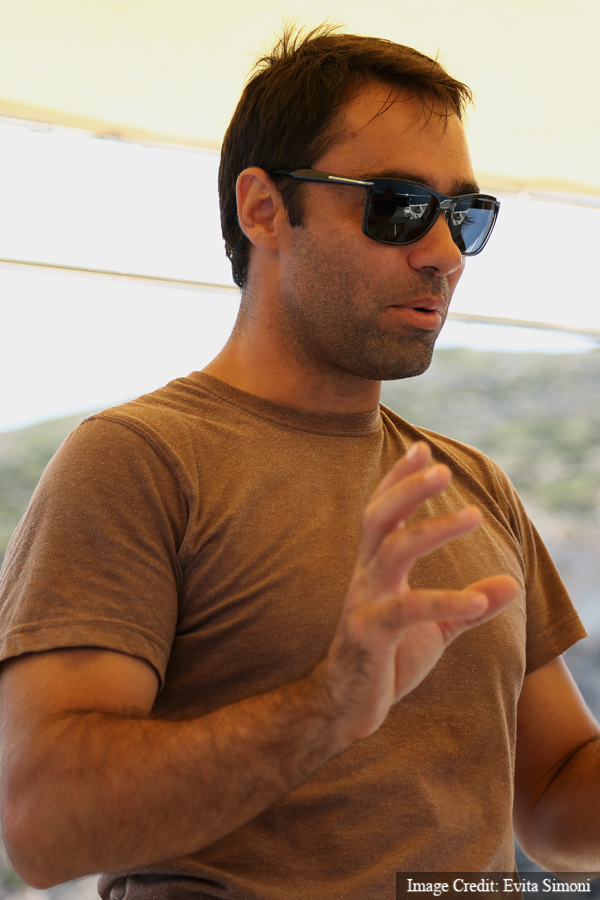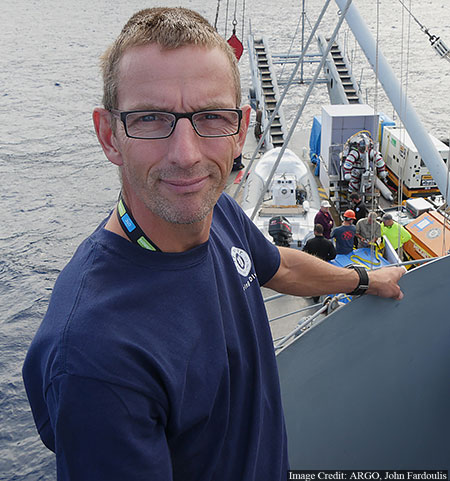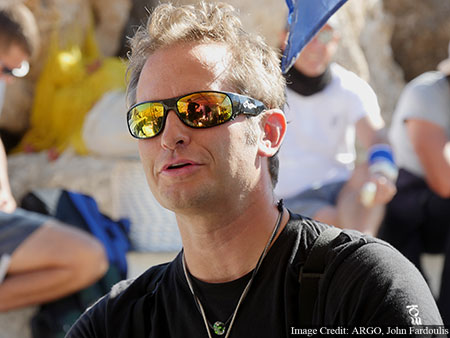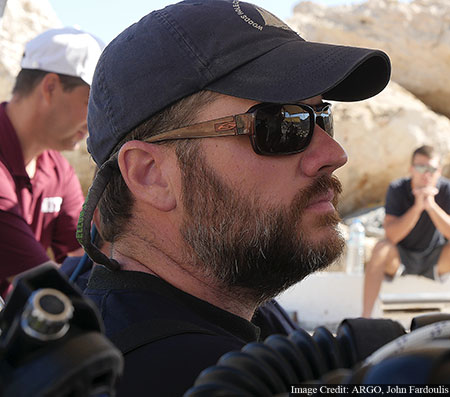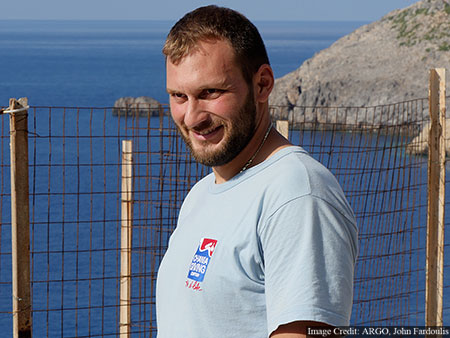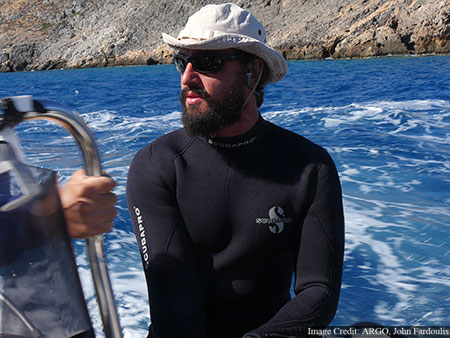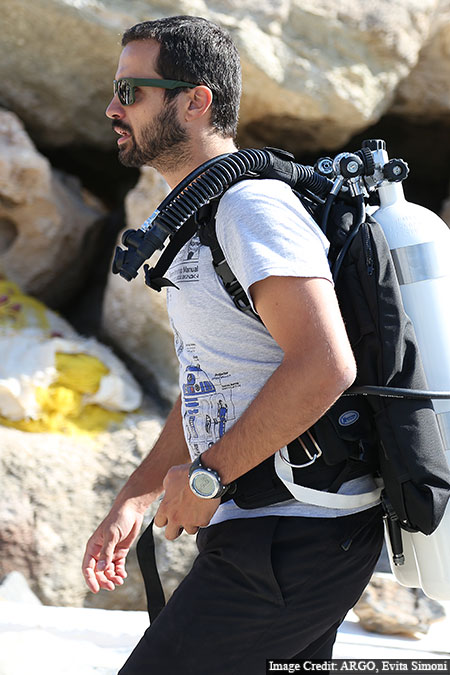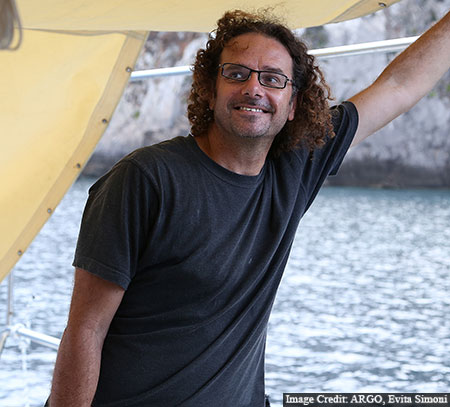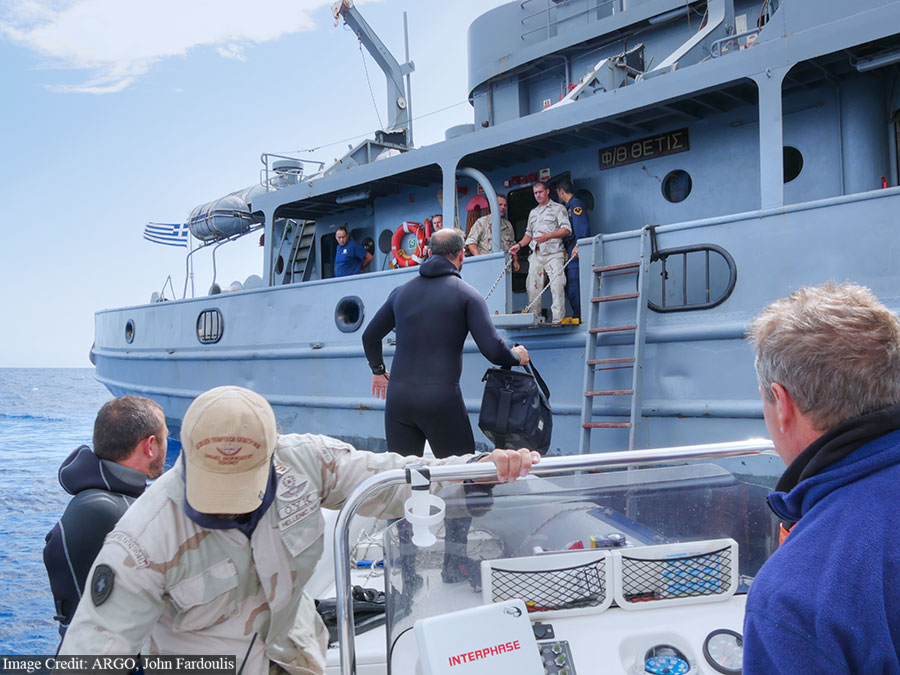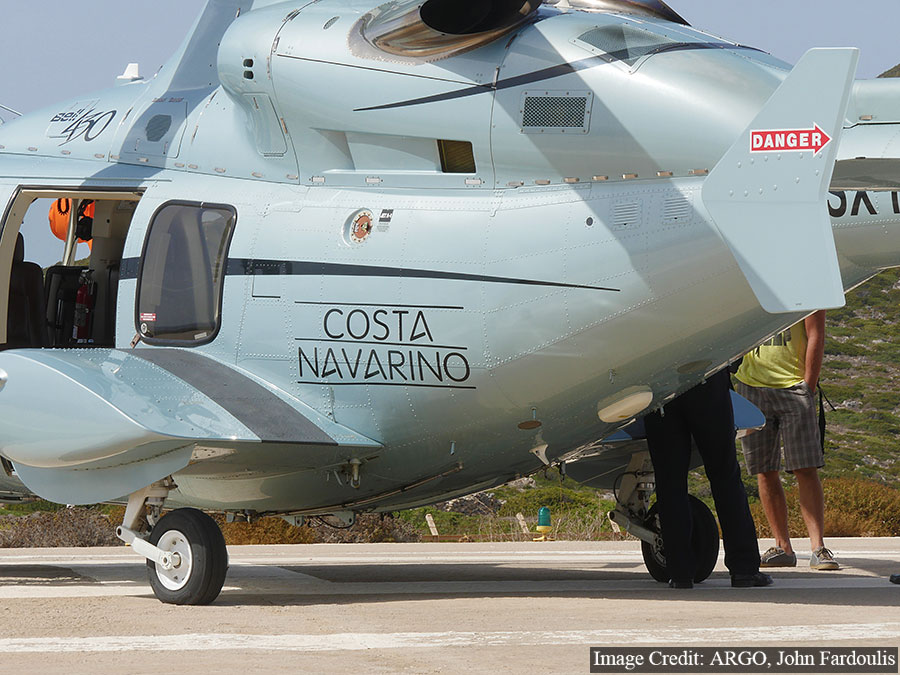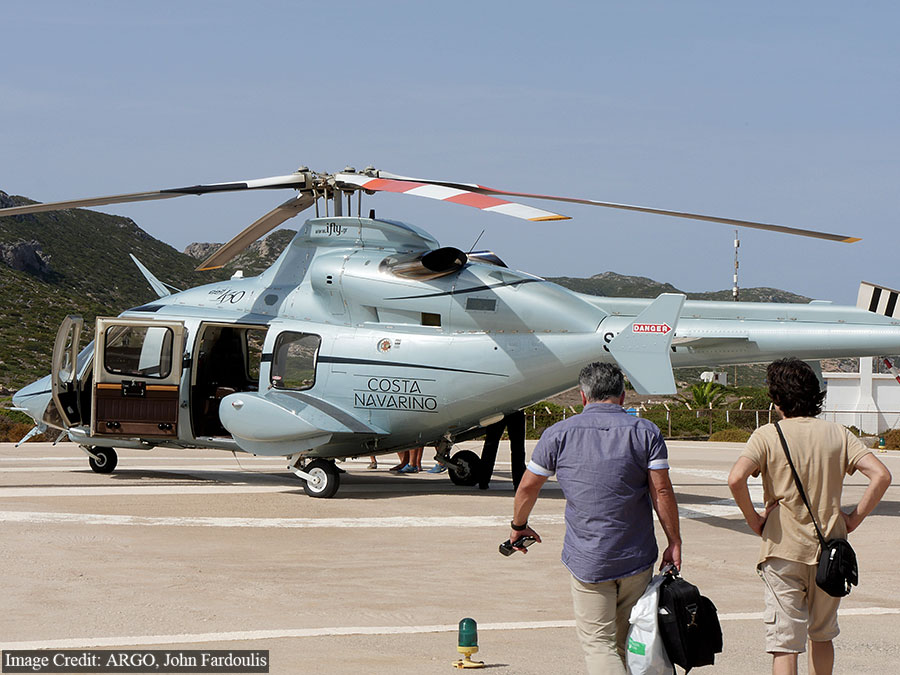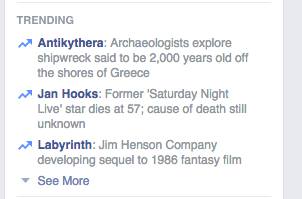The Hellenic Ministry of Culture, Education and Religious Affairs has approved scientific analysis of Antikythera Shipwreck artifacts from the 1901 and 1976 salvages. The first task is extracting ancient DNA in the ship’s luxury ceramic artifacts to determine their original contents. We will sample seven artifacts to start: lagynoi, olpe, and unguentaria recovered in 1901 and 1976; and a filter jar recovered in 1976.
We will collect the samples from the jars this month, using a non-destructive technique recommended by forensic scientists in American police crime labs. We expect to have results by the close of 2015. If this pilot study reveals ancient DNA, then we will submit a new permit application to investigate many more artifacts from the wreck.

